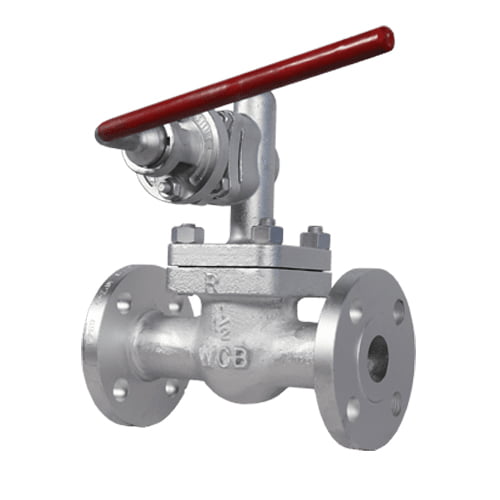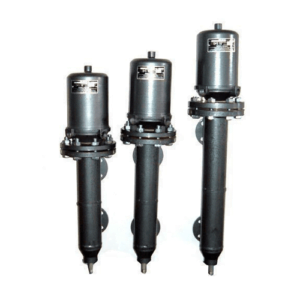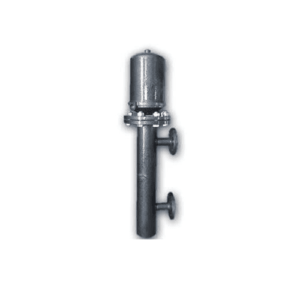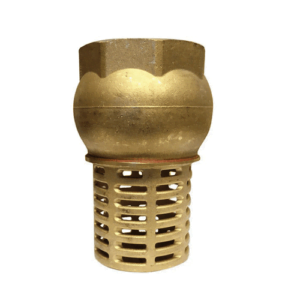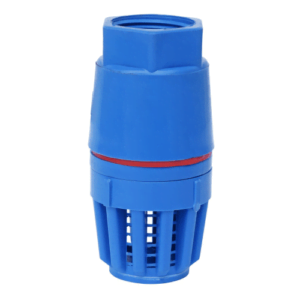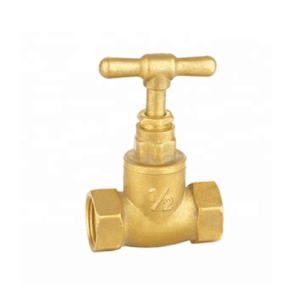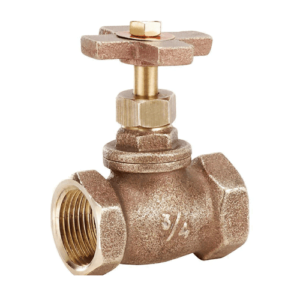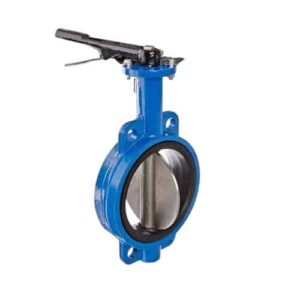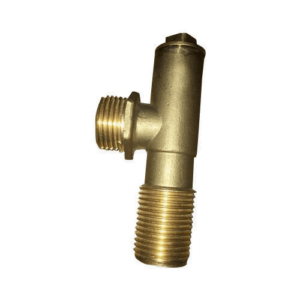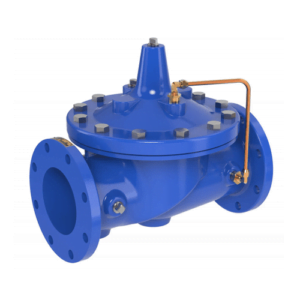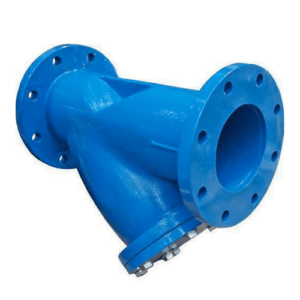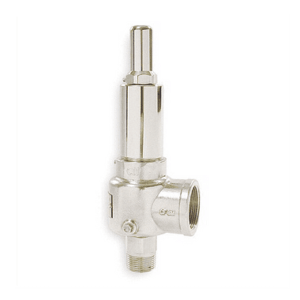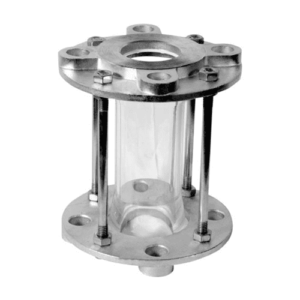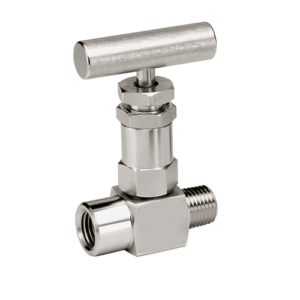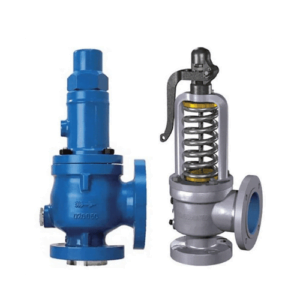High-Efficiency Blowdown Valve for Industrial Boilers
The boiler blow-down valve is an important element of management systems for boilers used widely in controlling concentration levels for solids dissolved within them by releasing them periodically. It helps prevent scale formation which could cause serious problems with maintenance or even shutdowns if not dealt with promptly. Highlighting this fact further, Blow Down Valves In Boilers are designed specifically so that they can withstand extreme conditions such as those met during their usage in boilers where there is a lot of heat and pressure.
Specifications of the Materials:
The Blowdown Valve is made from stainless steel of the highest quality and is packed with strong seals that are usually used in industries. This feature helps it withstand the most corrosive environments found in boiler systems. The materials also make this valve sustainable by reducing its replacement rates besides improving its durability.
Technical Specifications:
With diameters ranging from 1/2 inch to 2 inches, these valves have been designed to fit into any given standard industrial boiler. They can operate under pressure not exceeding 250 PSI and temperature levels of up to 425°C hence very useful for Scum Blow Down Valve setups or other areas where much stress is expected. Some aspects that have been taken care of in their design include a quick-release handle for fast action-taking and a back seating feature that allows safe maintenance even if the valve is still working.
Standards and Compliance
Our Blowdown Valve meets all necessary standards laid down by both ISO as well as ASTM thus ensuring safety is observed throughout production stages. Such adherence guarantees top-notch quality too so buyers can be sure about performance plus durability when they purchase these items for their factories.
Usage Instructions
It is suggested that a maintenance routine be adopted for the Blowdown Valve to operate at its peak. This regime should involve checking for wear and tear and verifying the integrity of seals. In order not to negatively impact its functionality, ensure it is mounted by an authorized installer who will also prevent any kind of mistakes during installation which may affect performance. The blow-down process efficiency should be optimized through regular running as stipulated in boilers’ service protocols thus increasing their lifespan.
Applications
The Blowdown Valve plays a vital role in ensuring efficiency and safety when operating boilers. It is built especially for use in Blow Down Valve in Boiler systems where the controlled release of water with high concentrations of dissolved solids takes place thereby preventing scaling as well as corrosion. Additionally, scum blow-down valves are important components used for removing surface contaminants from steam boilers which improves the overall quality of produced steam while also enhancing general system performance.
Features and Benefits
Features:
Robust design can withstand high temperatures and pressure.
Quick release system for easy use.
Precision engineering guarantees dependability and minimizes maintenance requirements.
Available in many sizes and specifications to fit various industrial boilers.
Benefits:
Blowdown Valve ensures the long life of boiler equipment by preventing harmful deposits from accumulating.
Enhances energy efficiency through keeping heat exchange surfaces clean and functional always.
Reduces the chances of boiler breakdowns as well as expensive downtimes hence ensuring continuous production.
Easy installation and maintenance which lowers operational costs over time.
Related products
To get a complete solution for boiler maintenance, you can integrate these related products:
Pressure Relief Valves: Protects against high pressure that can damage the boiler.
Feedwater Pumps: Ensures there is enough water flowing into the boiler which is crucial in maintaining desired levels of operation.
Control Valves: Allows accurate management of flow rate and temperature within the boiler system.
These supporting components have been developed to function perfectly with your Blowdown Valve hence optimizing the safety and efficiency of the boiler. Details about these products can be found on our website so you can compare them easily before making a choice.
Ensure longevity as well as effectiveness in your boiler systems using our dependable Blowdown Valve. ‘Request a Quote,’ or for individualized help and assistance ‘Contact Us for More Information.
Support and Warranty Information
We at Induskart strive not only to provide high-quality goods but also to give full support throughout its use. This is why we offer a manufacturing warranty that covers defects arising from materials or workmanship up to 1 year from the date purchased for the blow-down valve. Furthermore, we have a team of experts who are always ready to give any technical advice needed during installation, operation, or maintenance to ensure maximum performance of your equipment.


